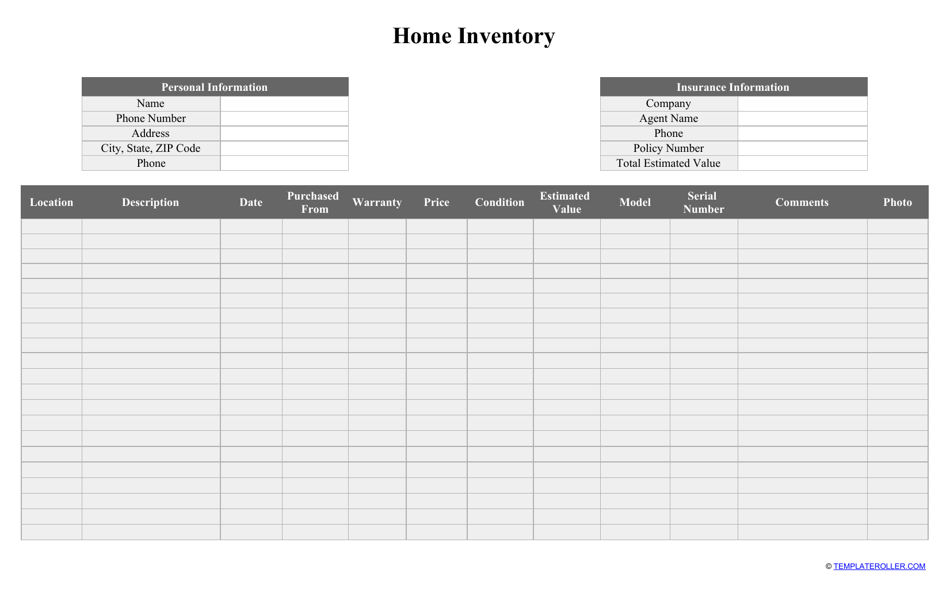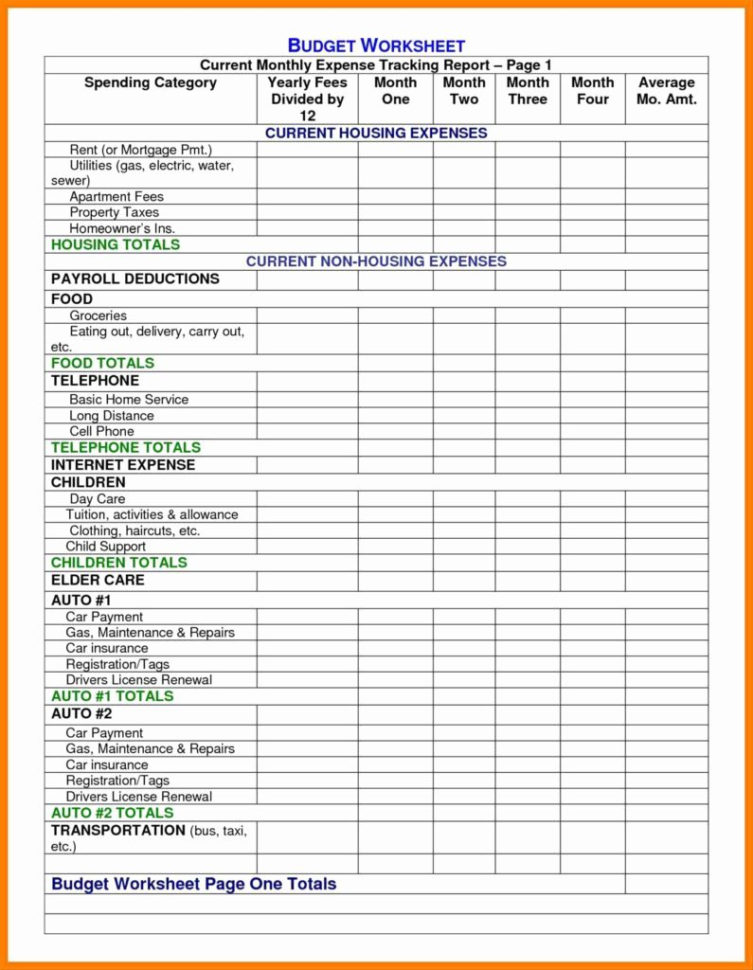

Since inventory calculation is done at the end of a certain period in the periodic inventory system, it does not disturb normal business activities.It is most beneficial for businesses that do not work at a large level because they have limited orders and a limited number of employees.It is cost-effective as it is easy and certainly inexpensive to implement the periodic inventory system for implementing a periodic inventory system, businesses are not required to invest their money in hiring professionals and in the purchase of costly Software, and only the time is required to be invested.It is useful for small organizations, whereas the perpetual inventory system benefits large organizations.In contrast, the perpetual inventory system gives real-time data of inventory units along with valuation of any day or period as the records are properly maintained in the system. It does not give real-time data because of the valuation of the inventory in intervals.In contrast, pilferage or any other inventory loss can be easily tracked in the perpetual inventory system by reconciling the inventory with the physical count. The pilferage of inventory is difficult to track in the periodic inventory system as no records in the system are maintained, and it counts physical stock available at the end of the period.In contrast, in the perpetual inventory system, inventory valuation is done by entering the stock data into the accounting system. The inventory valuation is done per the physical count method in a periodic inventory system.Periodic Inventory System vs Perpetual Inventory System It is beneficial for large organizations only if the number of stock-keeping units is low to apply the relevant controls and ensure the proper valuation.When the business organization is small, the periodic inventory system proves beneficial as the small business does not maintain double-entry books or a perpetual inventory system.It is used in the following circumstances: When is the Periodic Inventory System Used? In COGS, the profit margin is to be added to arrive at the sales, and the sales value is to be compared with the actual sales if there is any discrepancy, then it shows that the inventory valuation is improper. Calculation of COGS is as follows:ĬOGS = Opening Stock + Purchases – Closing Stock Calculate the COGS and suggest how the sales can be derived, and verify that there is any pilferage or loss of inventory.Īs the company follows the periodic inventory system, the value of the closing stock as of the end of the year becomes the opening stock for next year. The purchases made during the year are $ 2,500,000, and after physical verification, it is found that the company had an inventory of $ 650,000 as the company follows the periodic inventory system.

ExampleĪn Ltd has the opening stock having a value of $ 500,000. Accordingly, the cost of goods sold is calculated by adding opening inventory and purchases by subtracting closing inventory from it. Under this method, the opening inventory is the value of last year’s closing inventory, purchases are recorded, and closing stock is valued based on a physical count.

Instead, the purchases are entered as purchases account debit, and payable account credit and inventory are valued by the physical count method. The purchases made during the year are not recorded in the computer system as most periodic inventory systems users maintain accounts on a single entry basis.


 0 kommentar(er)
0 kommentar(er)
